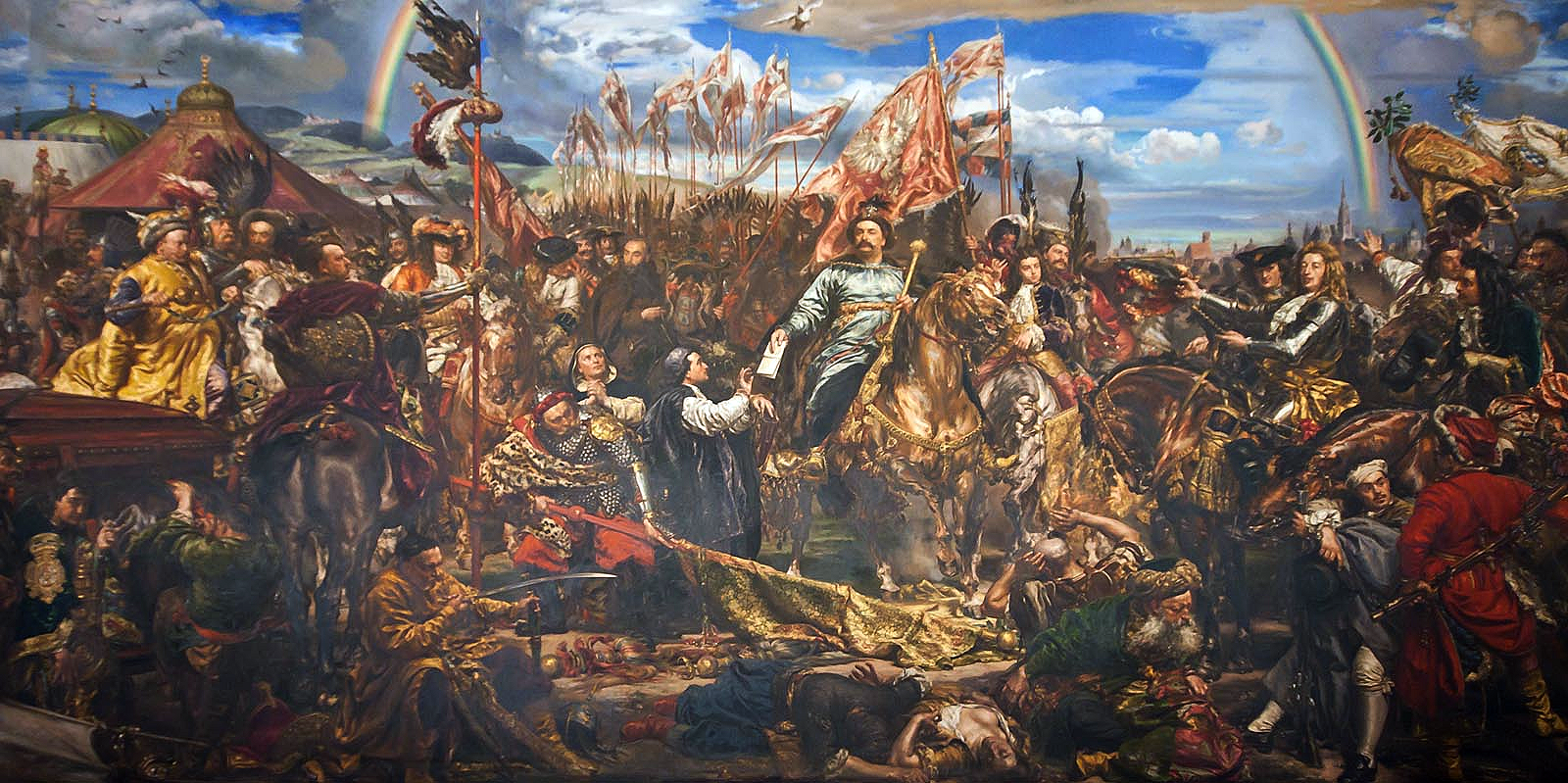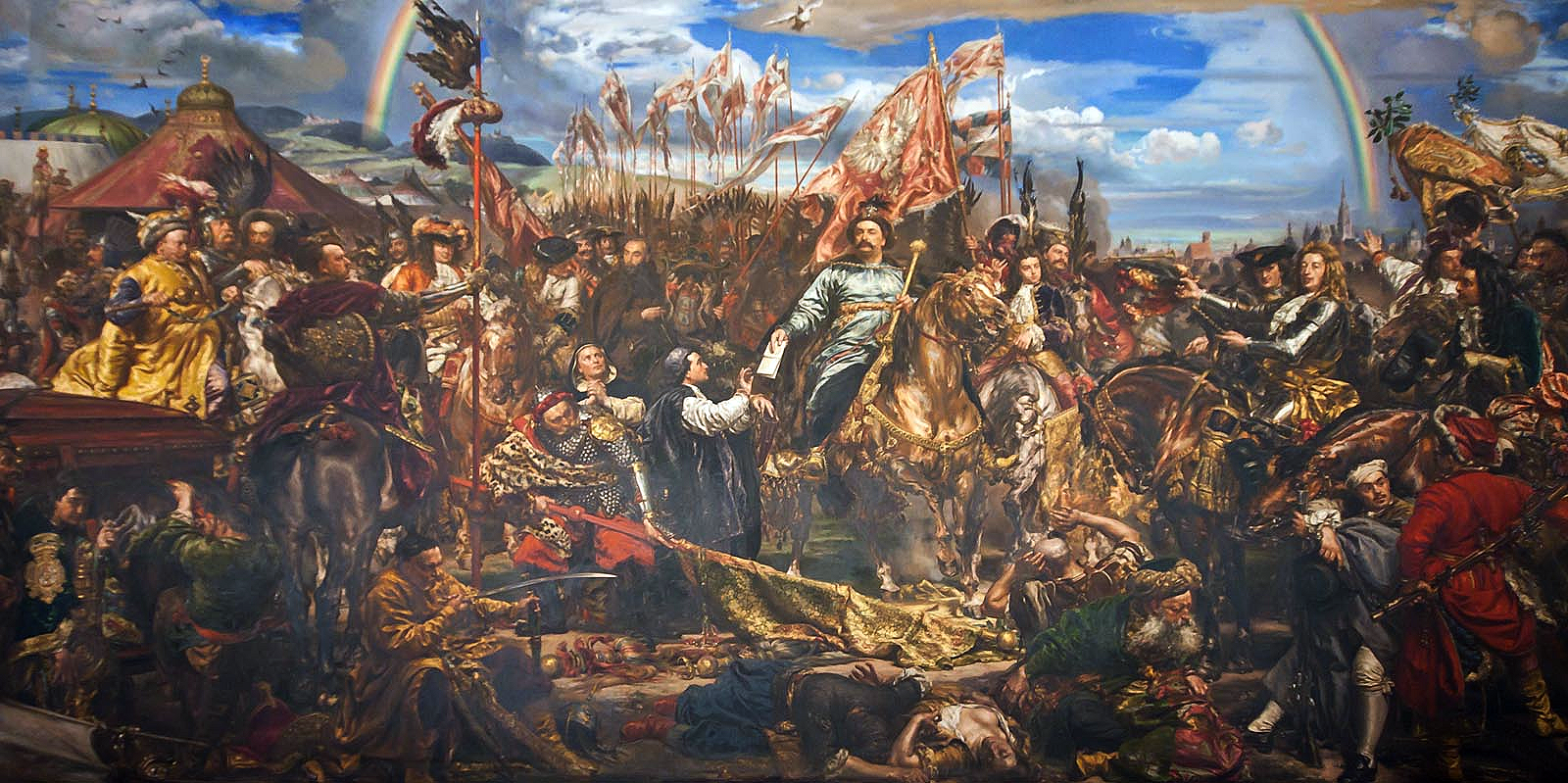
This past Saturday, September 12, was the Feast of the Most Holy Name of Mary.
I think about names more than a lot of people, especially names particular to our faith, and honoring Our Lady through baby names is one of my favorite things—and yet I didn’t know much about this beautiful and powerful feast.
_-_sign.jpg?width=3196&name=Holy_Name_of_Mary_Church_(Cavalry%2c_Kentucky)_-_sign.jpg)
Origin and significance of the Feast of the Most Holy Name of Mary
Though the feast originated in Spain, having been approved in 1513, it wasn’t extended to the universal Church until 1683, when Christian Europe was saved from a Turkish Muslim army through Our Lady’s intercession.
[After ravaging Hungary, by] July, 1683, the Grand Vizier Kara Mustapha laid siege to Vienna, [which was] defended by an army of only 15,000 Christians. The papal nuncio as well as Emperor Leopold begged King Jan Sobieski, who had defeated the Moslem Turks at the Polish borders and had earned the title “Unvanquished Northern Lion,” to come to their aid. Sobieski did not hesitate.
In August, Sobieski began his campaign. As he and his troops passed the Shrine to Our Lady of Czestochowa, they begged the Blessed Mother’s blessing and intercession. At the beginning of September, they crossed the Danube and met with the German armies. On September 11, Sobieski was outside of Vienna with an army of about 76,000 men. The [defenders] lured the Moslem Turks into thinking they were on retreat, and then with reinforcements attacked. The Moslem Turks retreated, but were followed by Sobieski’s calvary. The vanquished Moslem Turks fled Austria (but only after slaughtering hundreds of hostages). Vienna and Christian Europe were saved. The Moslem standard proclaiming “Death to the Infidel” was taken by Sobieski and delivered to the Pope.
Worshiping at a Holy Mass of Thanksgiving, Sobieski fell prostrate and with outstretched arms declared it was God’s cause and praised Him for the victory saying, “Veni, vidi, Deus vicit” meaning “I came, I saw, God conquered,” which he also wrote in a letter to Pope Innocent XI. On September 12th, Sobieski triumphantly entered Vienna. Pope Innocent XI thereupon declared September 12th as a date to honor Mary, whose maternal intercession had saved Christendom just has it had over 100 years earlier at the Battle of Lepanto.” (source)
Did anyone else notice that September 11 was the date of the defeat of the Muslim army? How reassuring to know that Our Lady was a powerful and victorious intercessor against it, and certainly will be again if we call on her.

The power of the Holy Name of Mary
St. Alphonsus de Liguori wrote a beautiful piece entitled “The Holy Name of Mary—The Power of Her Name” in which he asserts that, “After the most sacred name of Jesus, the name of Mary is so rich in every good thing, that on earth and in heaven there is no other from which devout souls receive so much grace, hope, and sweetness.” He cites Richard of St. Laurence, St. Methodius, St. Bonaventure, Thomas a Kempis, St. Bridget, St. Ephrem, Bl. Henry Suso, St. Bernard, St. Anselm, and St. Camillus de Lellis as having particular devotions to the Holy Name of Mary.
St. Louis de Montfort noted,
“The whole world is filled with her glory, and this is especially true of Christian peoples, who have chosen her as guardian and protectress of kingdoms, provinces, dioceses, and towns. Many cathedrals are consecrated to God in her name. There is no church without an altar dedicated to her, no country or region without at least one of her miraculous images where all kinds of afflictions are cured and all sorts of benefits received. Many are the confraternities and associations honoring her as patron; many are the orders under her name and protection; many are the members of sodalities and religious of all congregations who voice her praises and make known her compassion. There is not a child who does not praise her by lisping a ‘Hail Mary.’ There is scarcely a sinner, however hardened, who does not possess some spark of confidence in her. The very devils in hell, while fearing her, show her respect.”
Meaning of Mary and other forms of the name
The meaning of the name Mary seems not to be known for sure. Various sources suggest it’s derived from Hebrew words meaning “bitterness” or “bitter sea” or “rebelliousness,” or the Egyptian for “beloved/love;” St. Jerome considered the Aramaic for “Lady” or “Sovereign” to be a closer fit. Regardless of onomastics and etymology, it’s not difficult to see how all of these meanings are appropriate for the Mother of God, whose name, according to tradition, was given to St. Joachim by the Angel Gabriel: St. Bonaventure wrote that, “Mary is a bitter sea to the demons; to men She is the Star of the sea; to the Angels She is illuminatrix, and to all creatures She is Lady.” And she did and does embody rebellion against evil. (Read more here, here, here, and here.)
While the name Mary was once the most common girl’s name, its popularity has decreased steadily in America since 1961, its last year at #1. According to the most recent name statistics (2014), it stands at #120. Name expert Laura Wattenberg says there’s been a "'baby-naming revolution' over the last half-century … Parents are getting more and more creative, inventing names and spellings … Everyone wants to be different." But there are so many beautiful and completely legitimate variants of Mary that might suit the modern taste better while still honoring Our Lady. Marie and Maria, Miriam and Mariam, Maire and Mara and Mariah are all possibilities, as are diminutives like Mia and Masha, Mae and May, Molly and Polly, Manon and Mamie. No matter your ethnicity or name taste, there’s a Mary variant that’s sure to work for you, and there’s no better patron for your little one to have. Whether for a first name, a middle name, or a Confirmation name, a Mary name is perfect for Our Lady’s daughters.
Were you familiar with the Feast of the Holy Name of Mary? Would you name your little girl after Our Lady, or have you? Which is your favorite Mary name?
Copyright 2015 Katherine Morna Towne
Photos: Holy Name of Mary Church in Cavalry, Kentucky by Nheyob (Own work) [CC BY-SA 3.0], via Wikimedia Commons; King John III Sobieski sending Message of Victory to the Pope, after the Battle of Vienna by Jan Matejko [Public domain], via Wikimedia Commons
About the Author

Kate Towne
Kate is a writer, wife to a really good man, and mama to their seven boys ages 1 to 15. She shares her thoughts on Catholic baby naming at Sancta Nomina, and her first book, Catholic Baby Names for Girls and Boys: Over 250 Ways to Honor Our Lady (Marian Press, 2018) can be found at ShopMercy.org and Amazon.


.png?width=1806&height=731&name=CatholicMom_hcfm_logo1_pos_871c_2728c%20(002).png)
Comments